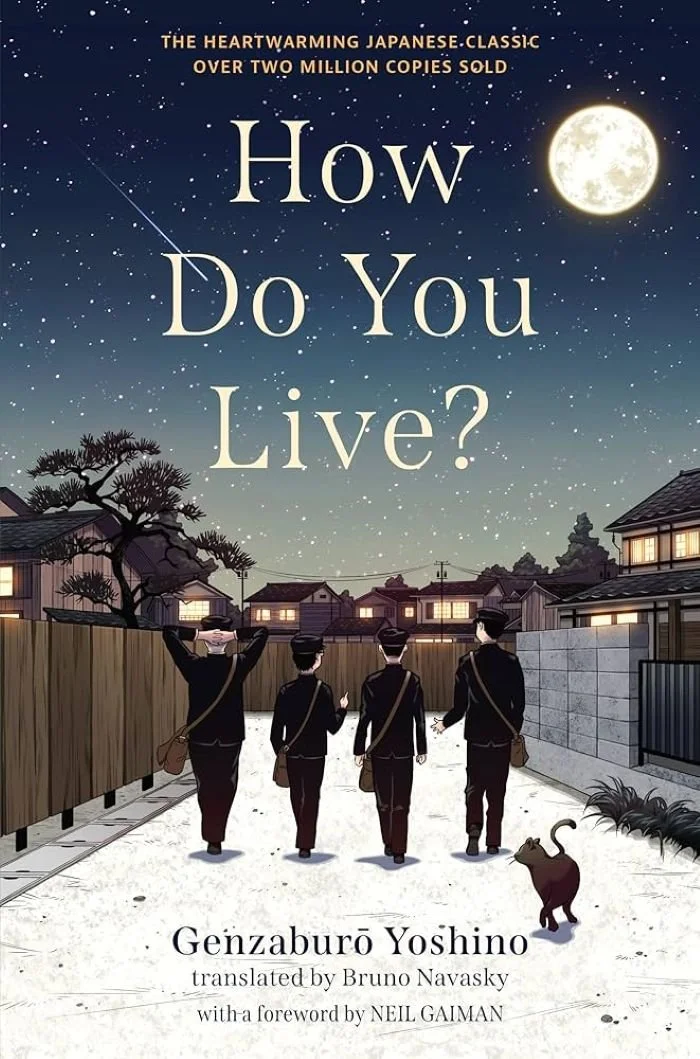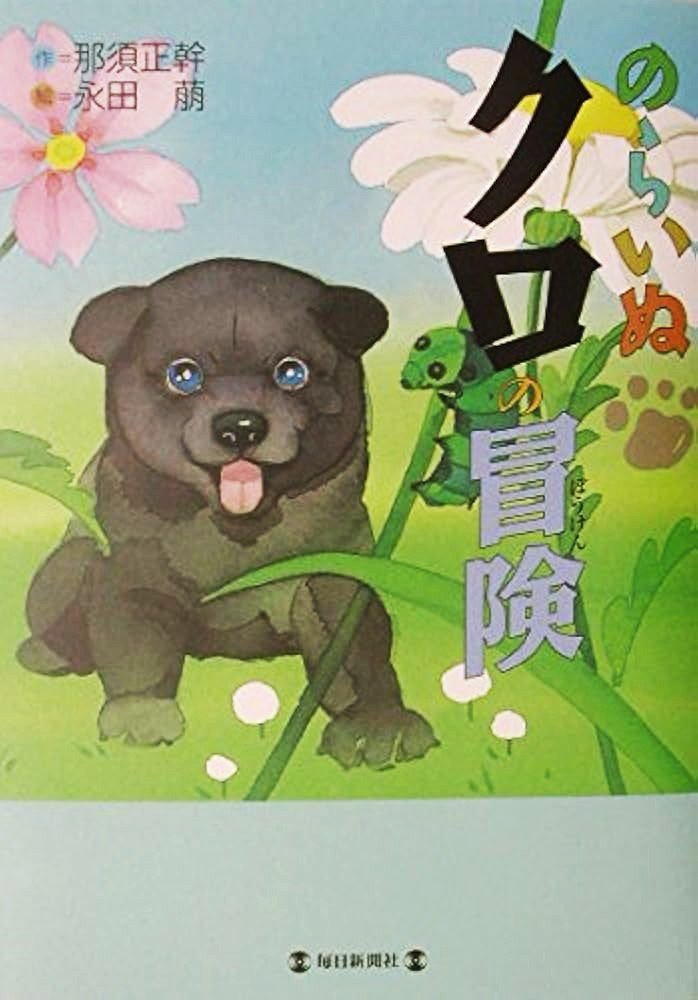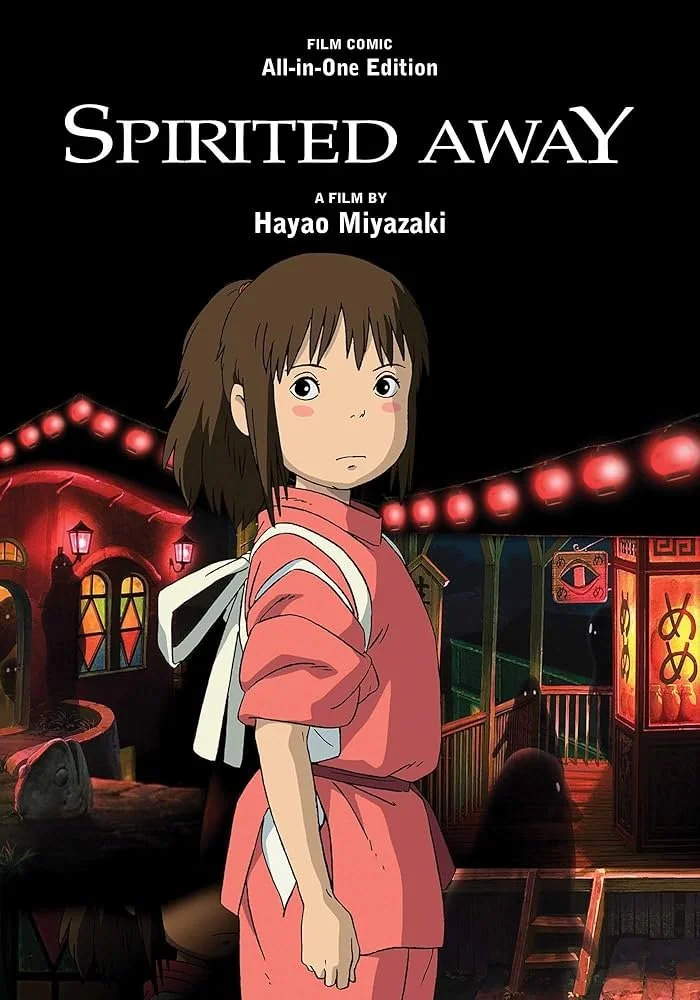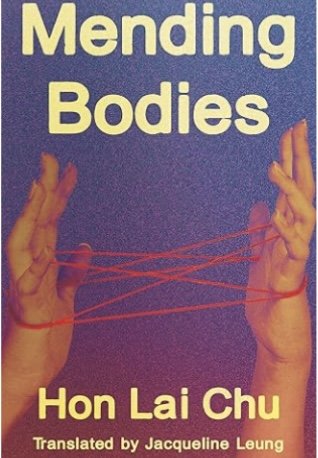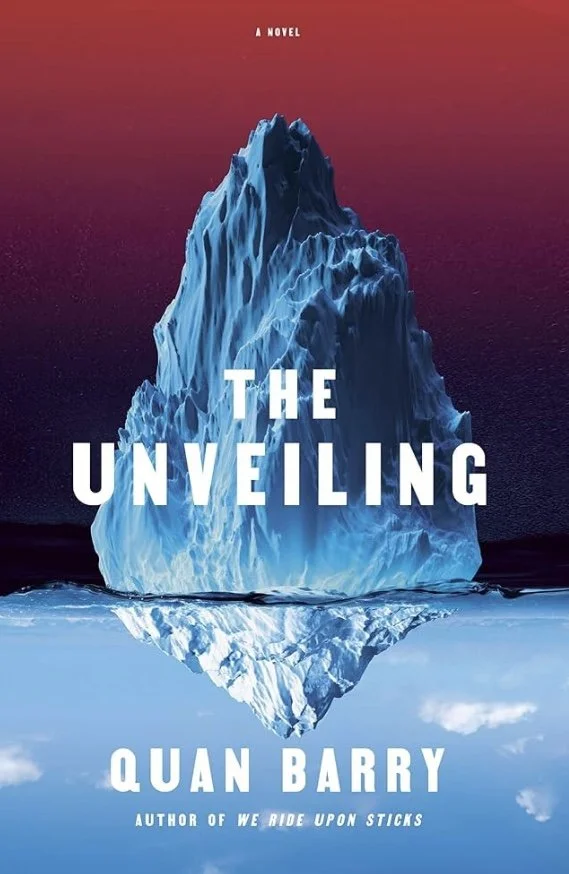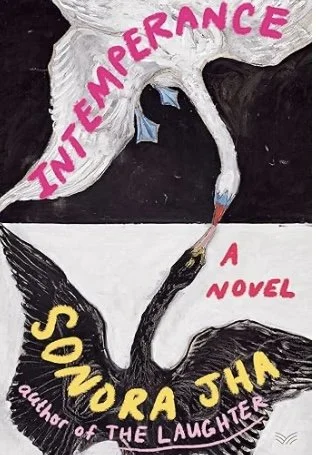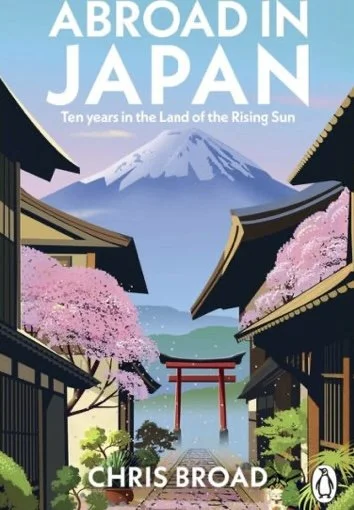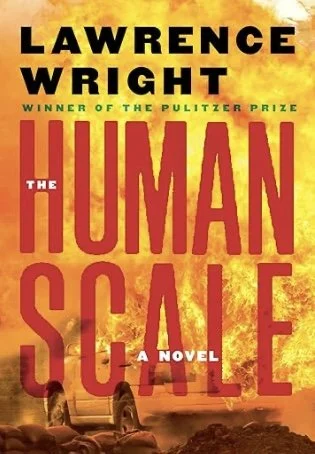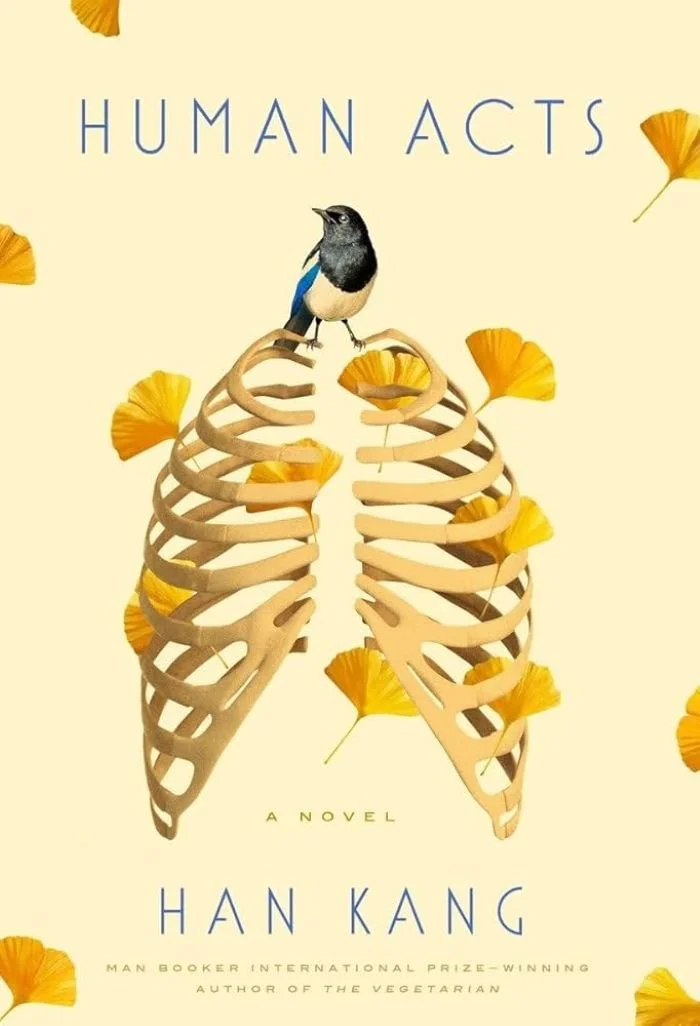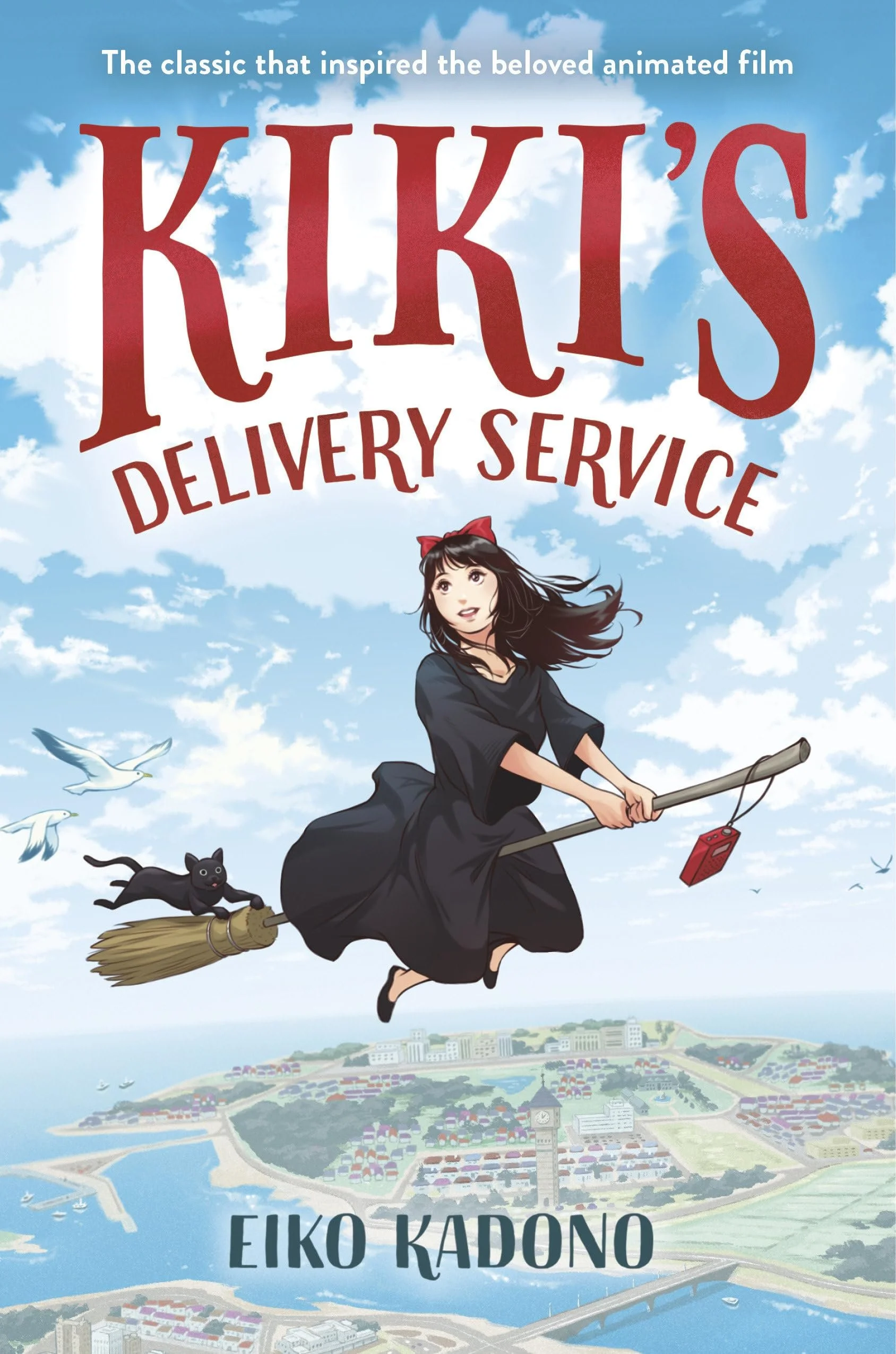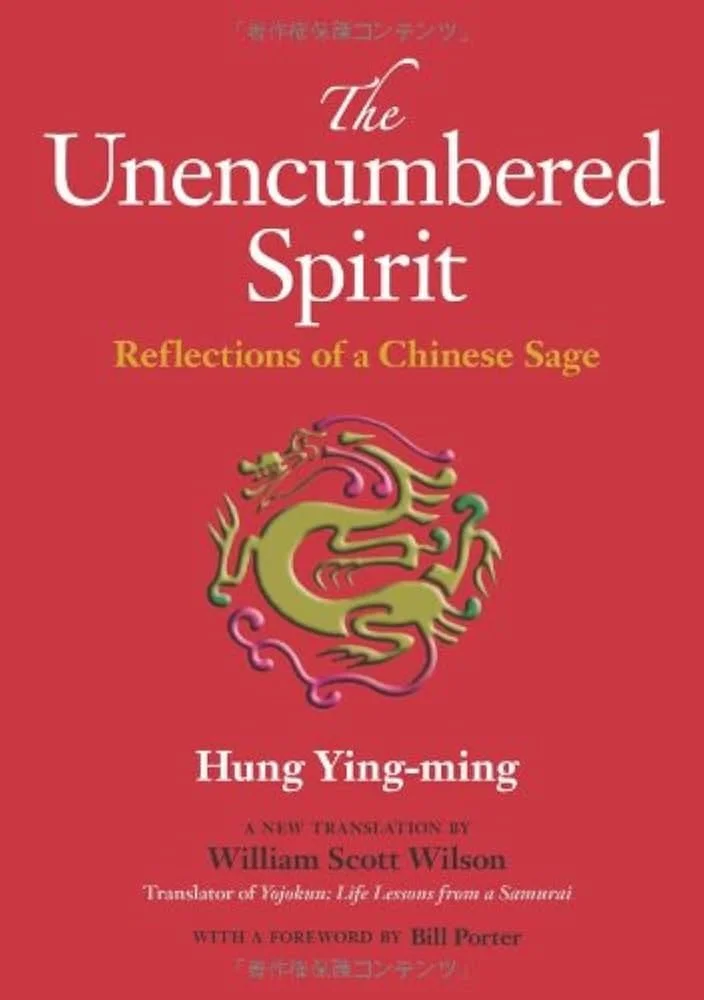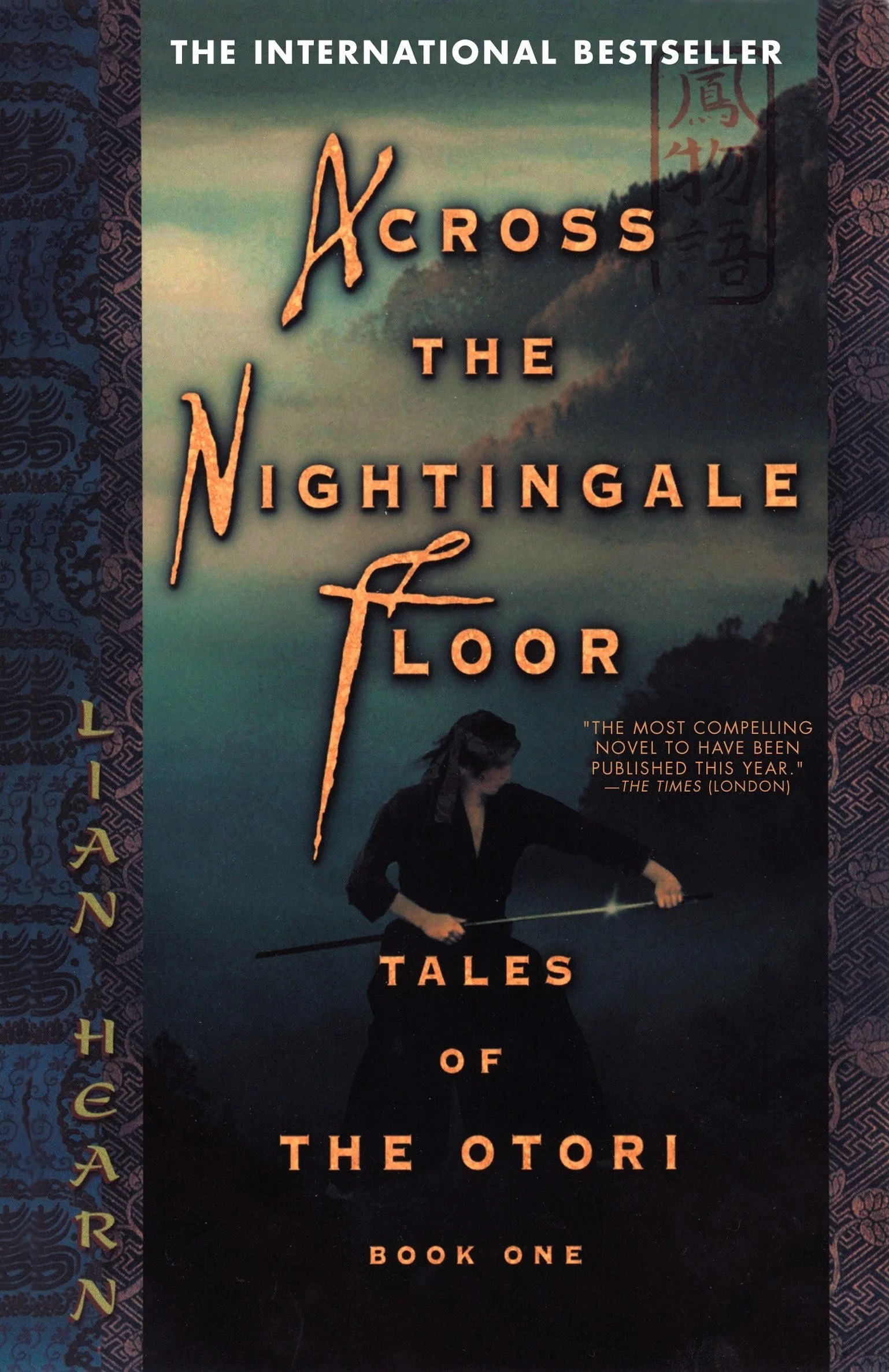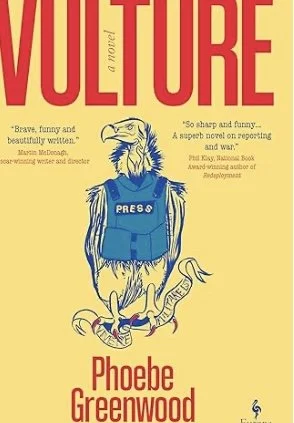How Do You Live? by Genzaburo Yoshino, translated by Bruno Navasky (Algonquin Young Readers) ~Ernie Hoyt
How Do You Live? is the English translation of 君たちはどう生きるか (Kimitachi wa Dou Ikiru ka?) which was originally published in the Japanese language in 1937 by Iwanami Shoten. This English edition was published in 2021 and translated by Bruno Navasky, a teacher and writer based in New York City. The new edition also includes a foreword by Neil Gaiman.
I had read the manga and text verision of 君たちはどう生きるか (Asia by the Book, January 2024) and was not overly impressed. I discovered this English translation of the book at the local city library. I was thinking that reading the book in English might give me a new perspective on what Genzaburo Yoshino was trying to convey.
In order to properly understand the book, you would need to know a little about the author, Genzaburo Yoshino. He was a journalist and a teacher. He graduated from the Tokyo Imperial University, now known as Tokyo University and is considered Japan’s most prestigious university. Although he studied to be a lawyer, his interest shifted and graduated with a degree in philosophy.
After serving for two years in the Imperial Japanese Army, he got a job at the Library of Tokyo, where he developed an interest in politics. This was during the time Japan was becoming more militaristic and authoritarian. A special branch of the police department was created called the Tokubetsu Toukou Keisatsu, also known as Tokko which translates into English as the Special Higher Police, a division of the police force whose main purpose was to enforce civil law, control political groups and ideologies deemed to threaten the public order of the Empire of Japan.
In 1925, the Japanese government passed the Peace Preservation Law which made it a crime for anyone to say or write things that were critical of the government. It sounds like something the current American administration is trying to replicate. Yoshino was arrested for having ties to alleged socialists. He spent eighteen months in prison.
After he was freed, a friend of his offered him a job as an editor of a book series for younger readers. Their plan was to write an ethics textbook for the series to teach the next generation how important it is to have a free and progressive culture for humans to grow.
The main character is Junichi Honda, known to his friends as Copper (Koperu in the original Japanese version), a nickname given to him by his uncle, attributing the name to Copernicus for one of his nephew’s insights into human nature.
The book is mostly a coming of age story set in Showa era Japan but it’s more than just about Copper growing up and finding his way into the world. It includes a lot of life lessons - the importance of thinking for yourself, standing up for others, and doing what you believe is right.
Junichi goes through a lot of growing pains and many of his experiences are experiences we can relate to as well. The book may have been published many years ago but its message still holds true today. I found Nasasky’s translation of the original a lot easier to understand than I did when I read the manga version. Having learned a little more about Genzaburo Yoshino, I have a better appreciation of what this book tries to accomplish.
